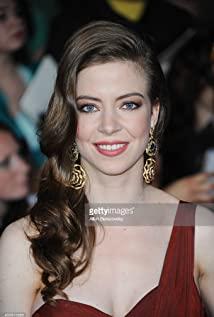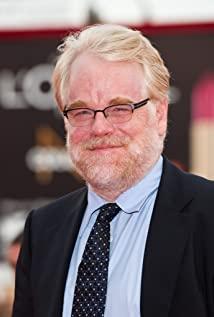Of course, this is just one of countless angles of viewing.
2) The type analysis of The Hunger Games is more complicated. It is difficult to categorize easily. This is largely because Hollywood's type system has evolved to a very high level.
In my opinion, commercial films are also a mirror image of reality. Realism in this mirror image exists in an absent way. This means that what is presented in the movie is exactly what is missing in reality. By supplementing this lack of imagination, the desire gap in the audience's hearts is filled. We get the satisfaction of our desires in watching movies. This is one reason why we are fascinated by commercial genre films.
The logic of industry and capital also requires excellent genre films to have this function of complementing desires.
3) Judging the film genre in the usual sense will start from the aspect of the genre program. For example, horror films will have specific image styles, space choices, modeling styles and narrative routines. Through the identification of these fixed programs, we will clearly know that we are watching a horror movie.
And this method is obviously not suitable for The Hunger Games. We cannot blurt out its type attributes.
So I chose to start with the characters.
Character: Katniss is an underage (?) girl. The counterpart is probably high school girls in reality.
Character relationship: Peel off the primary and secondary plots and modifiers layer after layer. The relationship between the characters as the skeleton of the whole story is actually a typical love triangle. Katniss, Pita and Gale.
Character desire: Katniss' desire motivation is actually more complicated (complex desire can bring deep characters). But in the final analysis, everything Katniss does is for one purpose. Protect your loved ones.
From the above three points, I realized that at the most fundamental level, the Hunger Games is actually a youth movie.
This is really shocking and sad. Hollywood has talked about youth films like this, but what about us? This is the result of many years of evolution. This is a terrible place in Hollywood.
The two Hollywood movies I saw recently, Gravity and The Hunger Games II, almost woke me up with a basin of cold water. One is terrible technically, and the other is terrible text strategy. The scary thing is that China's film industry is basically impossible to catch up. The evolution of others is too high and too high.
To make an exaggerated analogy, it is probably equivalent to the fact that when we are still immersed in the joy of being able to use bicycles, people are already studying a new type of clean energy sports car.
4) I will try to explain why The Hunger Games looks completely unlike a youth movie in the ordinary sense.
The event called "The Hunger Games" in the storyline is actually similar to what Hitchcock called "McCoffen". It's just a narrative design, and it doesn't really matter what it is. It's just that the screenwriter makes all the character relationships work through this thing. Similar to the stone in Crazy Stone. In fact, it does not matter whether it is a stone, a treasure, a dollar bill, or a historical relic. The important thing is that all the characters in the movie want it, and they all act in order to get it.
If the design of "The Hunger Games" is replaced by a maze-walking contest, the whole story is the same. Because the functions of the two are the same.
On the skeleton of a youth love triangle, the creator first replaces the world and space. Happened in an overhead world, making the whole story unfamiliar and fantasy.
The design of the world view of the overhead world overlaps with the "media hegemony" of real life. Let us have a strange resonance and familiarity with the story in this strange space. The Hunger Games in the story alludes to all the reality shows we have seen.
The president in the story is a concrete symbol of dramatic confrontational forces. He himself exists as the opposite of the protagonist. The specific power represented by this opposition determines the tonality of the film itself. If the president is replaced by a father who opposes his daughter's premature love, then this is a standard youth movie. If the president is replaced by an evil queen who does not allow love in his country, it becomes a fantasy fairy tale. And what the president is here, is that despotism is power. And because of this, this movie has a lot of "depth" in the population.
Okay, now let's watch this movie again. Adolescent girl, trapped in a love triangle love relationship. She was forced to get involved in an incident (the so-called McCoffen, in this movie is The Hunger Games. Let all the character relationships work). She must complete this event and defeat a certain character to be able to gain freedom and protect the one she loves. Then she acted bravely.
Rebelling against power, fighting for freedom, and all kinds of metaphors are all just to make the story concrete and give the story flesh and blood elements, details, and background.
Is it clear enough? In fact, there is not so much depth in the narrative. It looks like something deep, but it is caused by the various elements, details, and background decorations on the surface.
5) Hollywood has talked about youth films to this extent. And the youth films in our country have not even established their prototypes. It's desperate to think about it.
6) When the first part of The Hunger Games appeared, some people said it was a plagiarism battle royale. In fact, a careful analysis will reveal that the two stories just borrowed the similar "Maccoffin", and there is not the slightest similarity in the others.
View more about The Hunger Games: Catching Fire reviews











